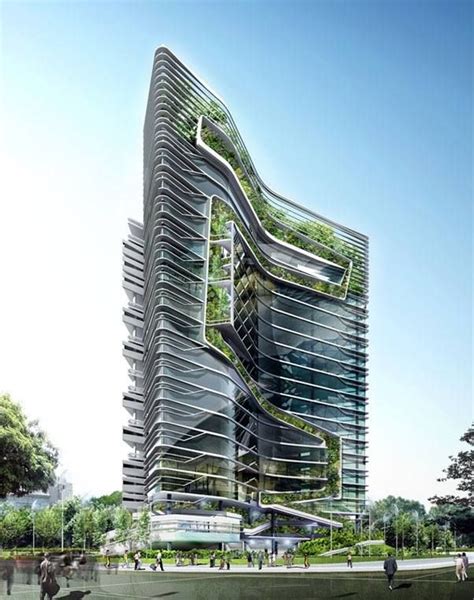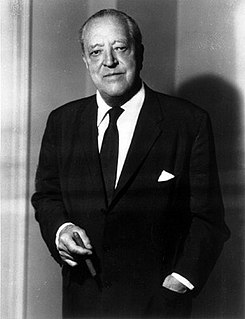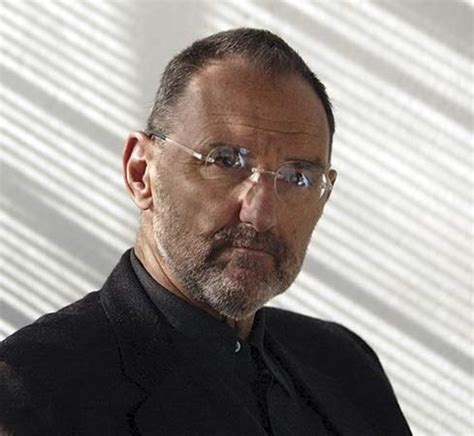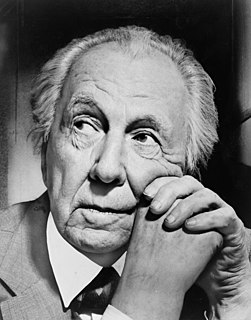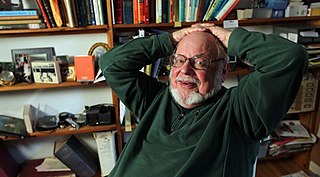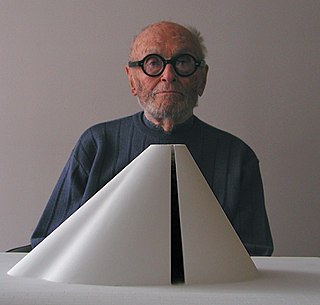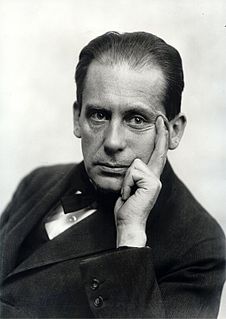A Quote by Ken Yeang
We shouldn't just look at new buildings but at existing stock building because that's an even greater problem than the new buildings being built. The renovation of existing buildings and making them green is just as important as designing new green buildings.
Related Quotes
I think green buildings are extremely important but it's only part of the equation. A lot of people think that if I put a green building everything is going to be fine, but actually it's not just the green buildings we need, but green businesses, green governments, green economics. We have to extend the greening of buildings to our business and our lifestyles - that is the most important thing to do next.
There was a time in our past when one could walk down any street and be surrounded by harmonious buildings. Such a street wasn't perfect, it wasn't necessarily even pretty, but it was alive. The old buildings smiled, while our new buildings are faceless. The old buildings sang, while the buildings of our age have no music in them.
There are hundreds of Frank Lloyd Wright buildings around the United States and in other countries, too. Wright lived into his 90s, and one of his most famous buildings, the Guggenheim Museum in New York, was completed just before his death. Wright buildings look like Wright buildings - that is their paradox.
An aggressive building performance standard for all new buildings, and a set of performance requirements to be met by all buildings before they can be sold (when upgrades can be included in the new mortgage). These should encompass heating and cooling, lighting, and plug loads. Coupled with new efficiency standards for appliances, lights, and furnaces, this should reduce the energy consumption of new buildings by 50 percent, more or less immediately, and go on from there.
Cities need old buildings so badly it is probably impossible for vigorous streets and districts to grow without them.... for really new ideas of any kind--no matter how ultimately profitable or otherwise successful some of them might prove to be--there is no leeway for such chancy trial, error and experimentation in the high-overhead economy of new construction. Old ideas can sometimes use new buildings. New ideas must use old buildings.
Building places that are worth living in and worth caring about require a certain attention to detail, and of a particular kind of detail that we have forgotten how to design and assemble. And that involves the relationship of the buildings to each other, the relationship of the buildings to the public space, which in America, comes mostly in the form of the street. Because it's only the exceptional places in America that have the village square or the New England green. You know. The street is mostly the public realm of America. And we have to design these things so that they reward us.
One question I often ask is why the church doesn't set aside funds specifically to seed new ideas. A lot of our money tends to go into existing, literally physical buildings, or existing parishes, programs, and schools, and we have nothing that is very explicitly dedicated toward new ventures of all kinds that would help parishes, help education, help catechesis.
